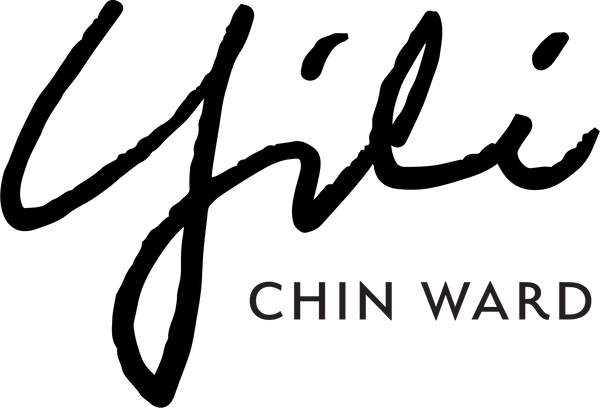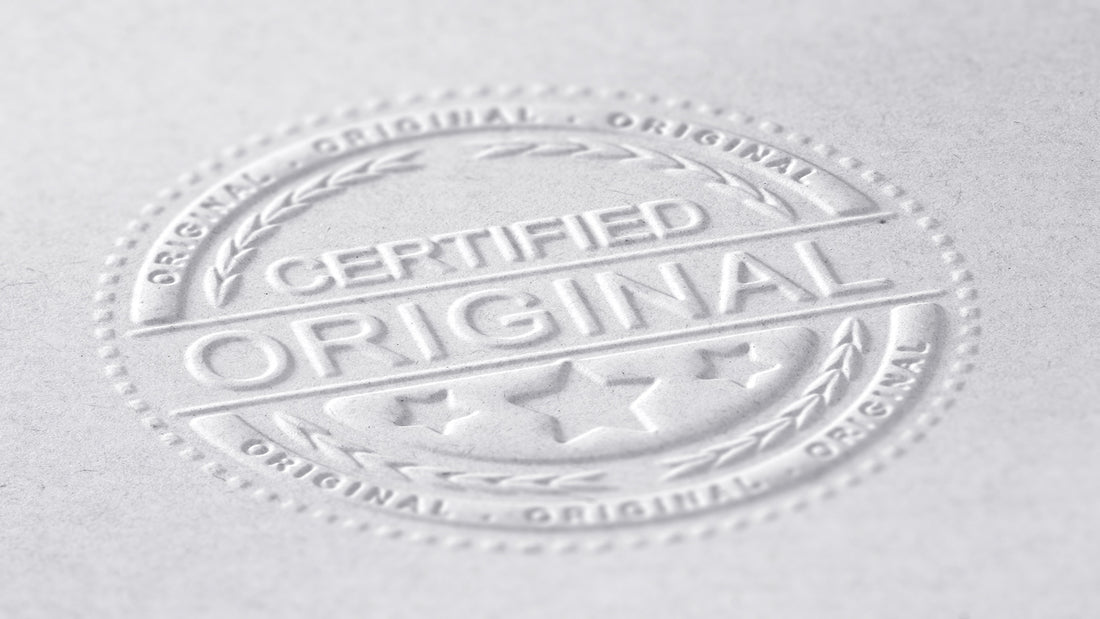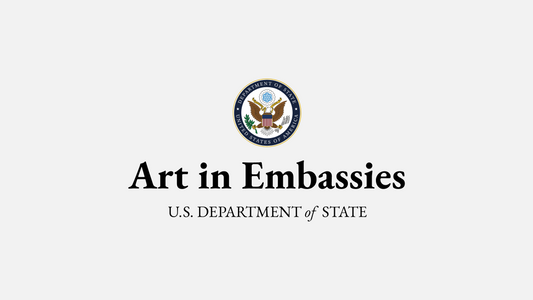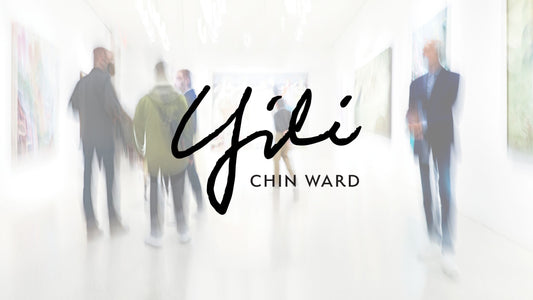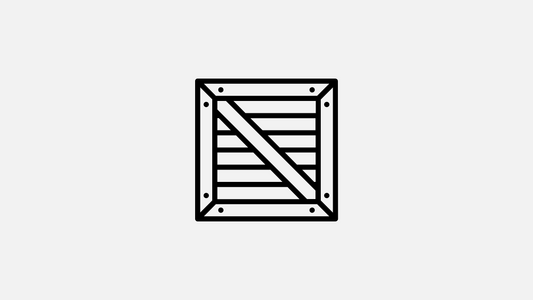When purchasing artwork, particularly original pieces, many buyers seek assurance regarding the authenticity and provenance of the piece. To provide this assurance, artists and sellers often provide a Certificate of Authenticity (COA) with the artwork. This article will delve into what a Certificate of Authenticity is, its purpose, and why it holds significance in the art market.
What is a Certificate of Authenticity?
A Certificate of Authenticity is an official document accompanying an artwork that verifies its authenticity, origin, and details about the artwork and its creator. It serves as a testament to the artwork's legitimacy, attesting that it is an original piece created by the stated artist.
Importance and Benefits Establishing Authenticity
The primary purpose of a COA is to establish the authenticity of the artwork. It provides buyers with confidence that they are acquiring a genuine piece, ensuring they are making a legitimate investment in the art.
Artist Verification
A COA typically includes details about the artist, such as their name, biography, and credentials. This information helps buyers verify the artist's identity and reputation, adding credibility to the artwork.
Future Valuation and Resale
In the art market, a well-documented COA can positively impact the future valuation and resale potential of the artwork. Buyers and collectors prefer artworks with proper documentation, as it simplifies the process of assessing the artwork's authenticity and provenance for potential buyers in the future.
Protection Against Forgery
By having a COA, buyers are better protected against potential forgery attempts. The document acts as a safeguard, allowing buyers to authenticate the artwork and identify any fraudulent attempts.
A Certificate of Authenticity holds significant importance in the art market, serving as a vital document that provides authentication, provenance, and artist verification. It instills confidence in buyers, enhances the value of the artwork, and protects against forgery. When considering the purchase of original artwork, always seek a valid COA from trusted sources, ensuring the legitimacy and long-term value of your art investment.
